
Insights
Expertise and Innovation
We stay on top of regulatory changes, the latest technologies, and innovative solutions. Our goal? To give you the latest information so you can make smart decisions and achieve successful projects. Stay updated and inspired with our insights and solutions.

Warren Haynes on 40 Years at Eliot Sinclair
15 Dec 2025
Warren Haynes has been part of Eliot Sinclair for…
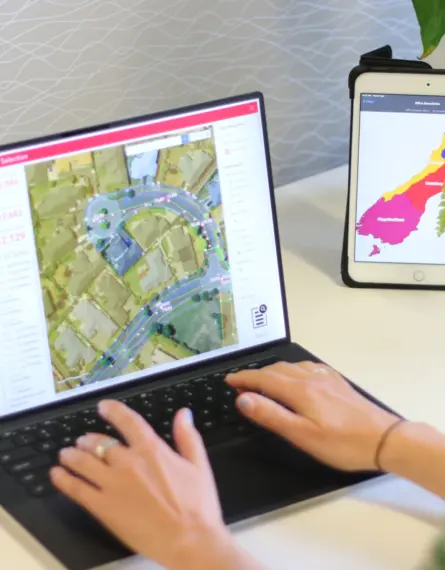
What Is Spatial Analysis in GIS?
20 Nov 2025
In land development and urban planning,…

What a GIS Specialist Does
20 Nov 2025
Ever wondered who creates those intricate maps…
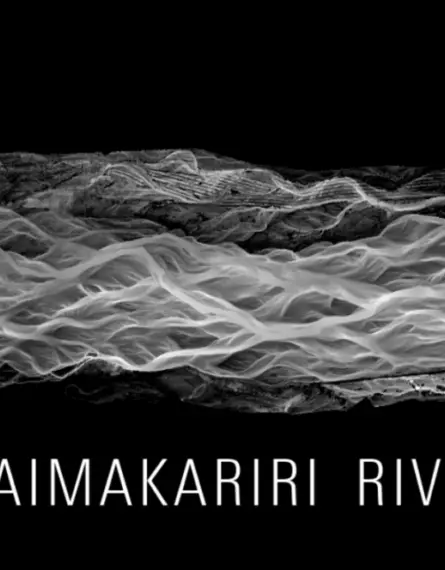
What is GIS?
06 Nov 2025
GIS, or Geographic Information System, turns…
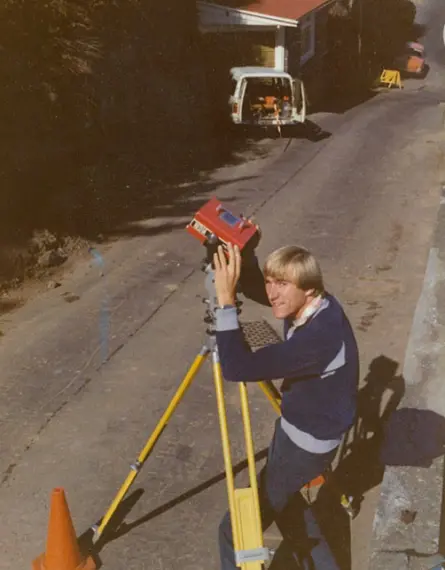
Jerry’s 45 Years at Eliot Sinclair
23 Sept 2025
This year we celebrate Jerry’s remarkable 45…

Christchurch Development Contributions Policy 2025
12 Sept 2025
Christchurch City Council has finalised the…
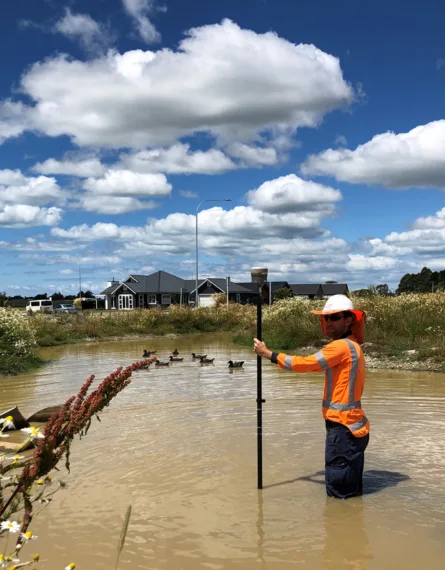
What Is a Topographic Survey?
26 Aug 2025
Understanding Topographic Survey Meaning A…
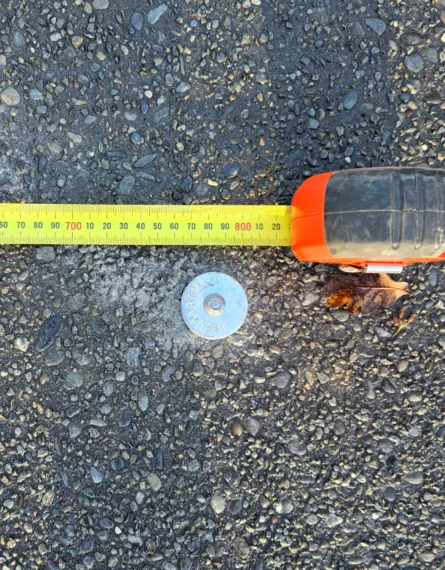
Understanding Boundary Pegs
26 Aug 2025
Boundary pegs in New Zealand are more than white…

How Much Does Subdivision Cost in NZ?
21 May 2025
Subdividing a property in New Zealand can unlock…

How to Subdivide Land in New Zealand
20 May 2025
Subdividing your land can open up major…

Property Survey Costs Explained
19 May 2025
"How much does a survey cost in NZ?" It’s one of…

What is a Land Survey?
01 May 2025
Discover what a land survey is and when to hire a…